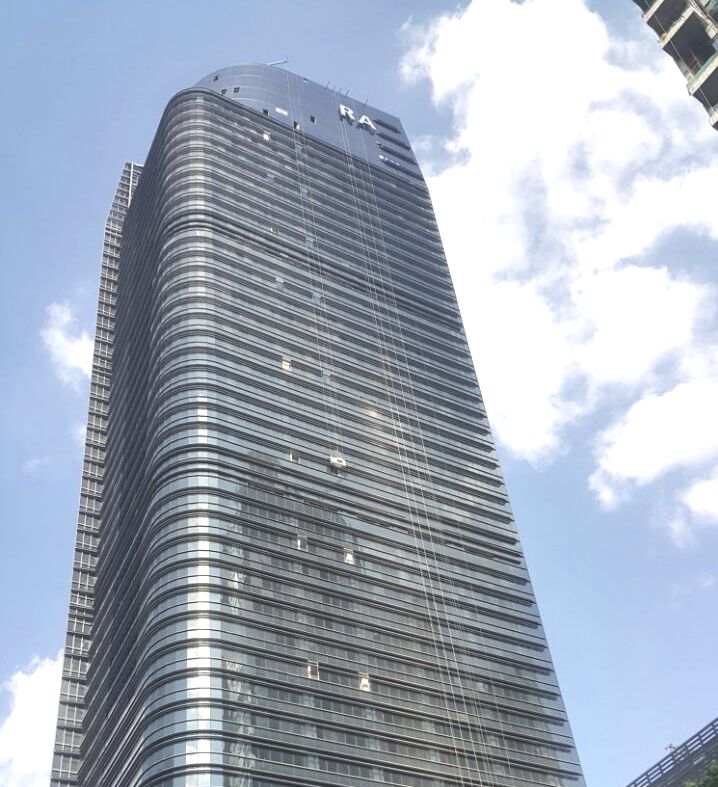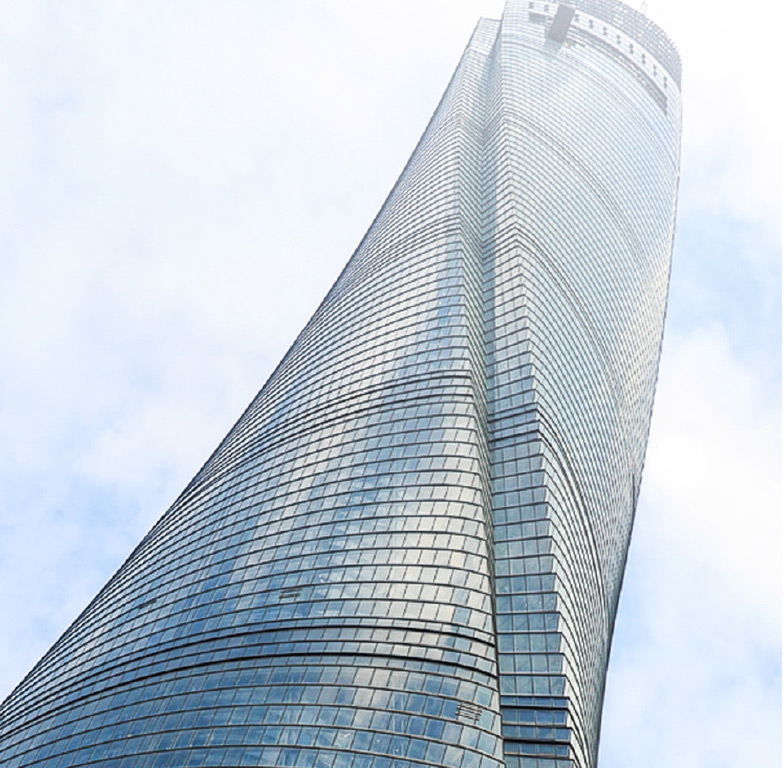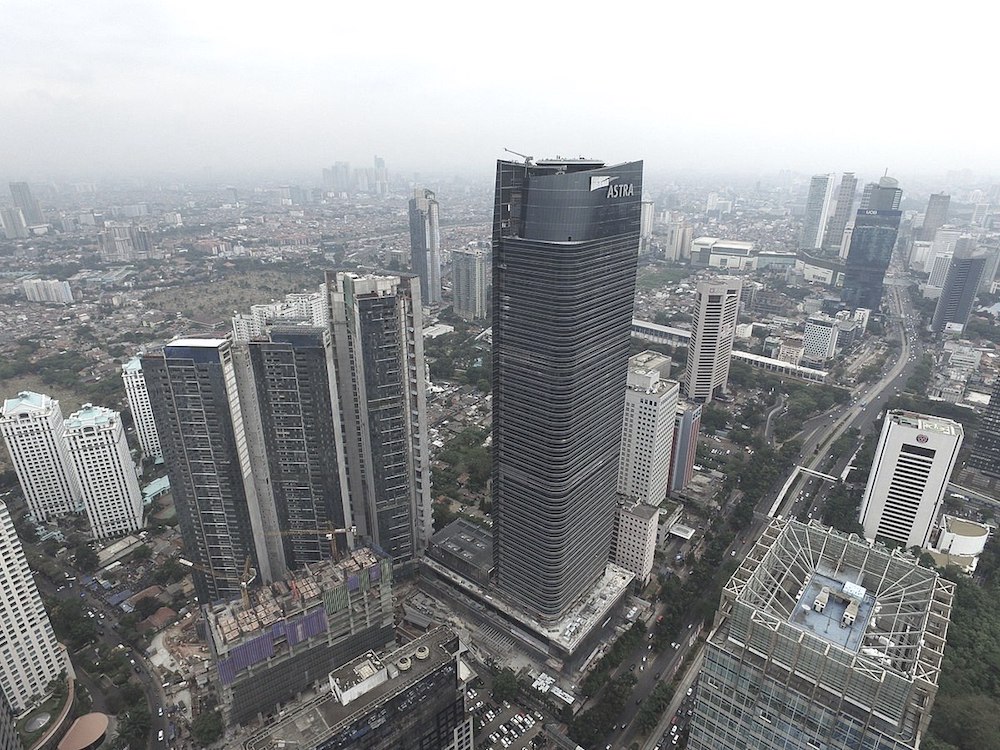New technology: 3D climbing Building Maintenance Units

3D climbing Building Maintenance Units are capable of moving in three dimensions, changing both the climbing angle and direction of travel at the same point on the track.
The world’s best architects are constantly pushing the boundaries of what forms and shapes are achievable in skyscraper design. For building maintenance systems and facade access solutions, this means that technical innovation and creative thinking must keep pace with the emerging architectural visions of today. Manntech have achieved a world first in developing 3D climbing Building Maintenance Units which are capable of moving in three dimensions, changing both the climbing angle and direction of travel at the same point on the track. This new technology has been deployed as a vital part of two recent ground-breaking building projects which feature complex, irregular forms and sloping surfaces.
Shanghai Tower, Shanghai
This 128-storey mega-tall skyscraper is the world’s tallest building by height to the highest usable floor (Level 127, 587.4m). It also has the world’s highest observation deck within a building or structure (Level 121, 561.25m), it’s also the tallest building in Asia and the world’s second-tallest building by height to the architectural top.
The Shanghai Tower also represents a remarkable and innovative achievement in many other areas. The building is a completely unique shape, unlike anything else in the world. As well as their bold aesthetic vision, the architect, Gensler, also designed the tower with the practical considerations of Shanghai’s high winds in mind. They employed three strategies: an asymmetrical form, tapering profile and rounded corners. The design was tested in a wind tunnel with the objective to greatly reduce the impact of typhoon-like conditions on the tower.

This unique form meant the building access solution needed to equal the vision and technological innovation of the architects in order to provide comprehensive building access to all areas of this distinctive structure.
In addition to seven specially designed access solutions at various levels, the top of the building presented a particular challenge due to its irregular curved shape and sloping incline. Manntech met this challenge with the world’s first ever 3D climbing Building Maintenance Unit, changing climbing angle and direction at the same point on the track in order to navigate every twist, turn and incline of this distinctive and unprecedented form.
Menara Astra, Jakarta
At 270 metres, Menara Astra (or Astra Tower) is one of the tallest buildings in Jakarta. As well as 51 floors of office space, the tower also features a podium with retail outlets, a food court and a conference hall that can accommodate 1000 visitors.
Although the design is as unique and distinctive as Shanghai Tower, Menara Astra also presents similar challenges of an irregular, asymmetrical shape with rounded corners and sloping surfaces at roof level, which in this case curves around a helipad.

Having seen a demonstration of the 3D climbing BMU in action at Shanghai Tower, the developers were convinced of the benefits and performance of this new technology. Manntech’s experience and expertise meant they were able to step in and improve on the design, retaining the basic concept of two climbing Building Maintenance Systems but changing the track layout considerably. The real difference was the functionality offered by the new technology. The solution Manntech provided is composed of two identical 3D climbing BMUs travelling on tubular rails. Again, they are able to effortlessly navigate irregular, curving tracks and also adjust the climbing angle at the same time.
For over 60 years Manntech have been renowned for the quality and performance of their Building Maintenance Units. With world-first innovations such as this, their facade access solutions are sure to continue meeting the challenges of the boldest architects and most ground-breaking structures for many years to come.
